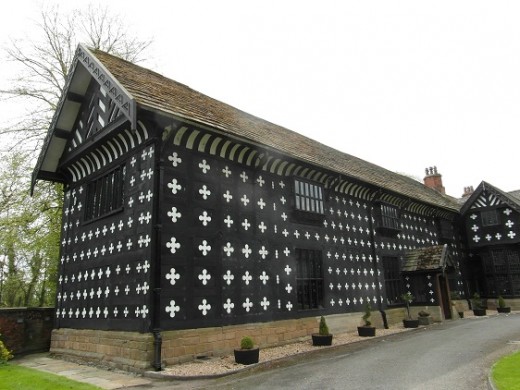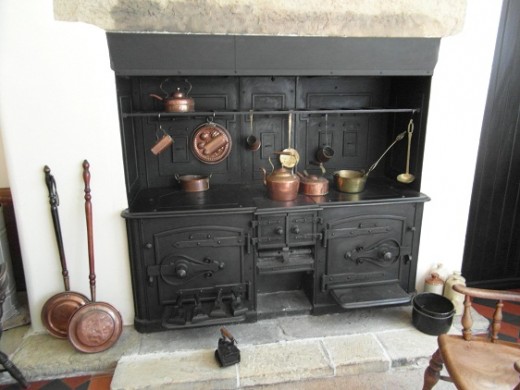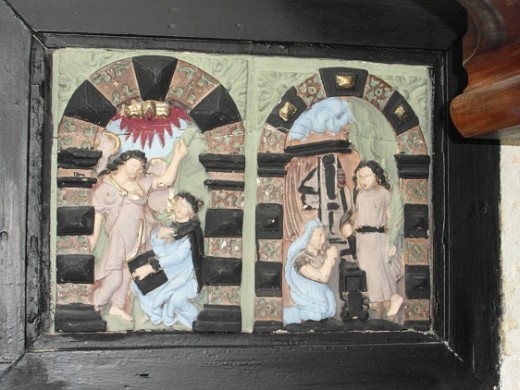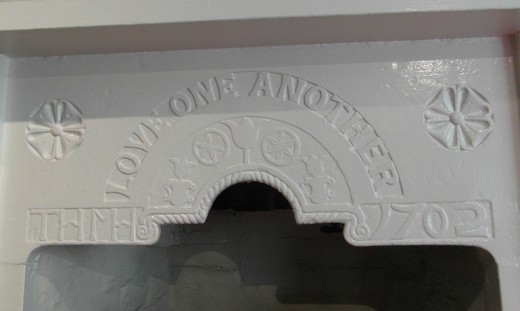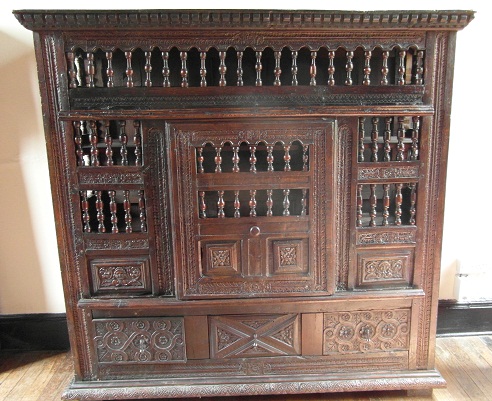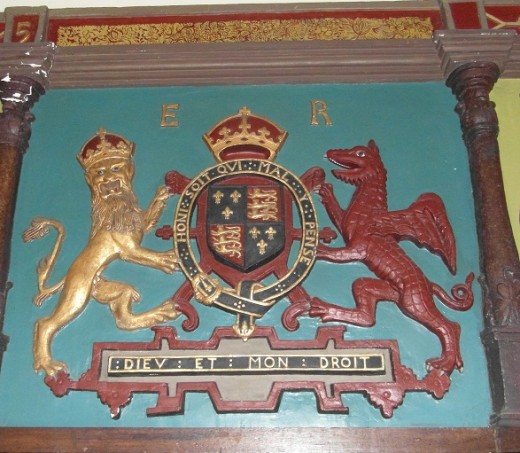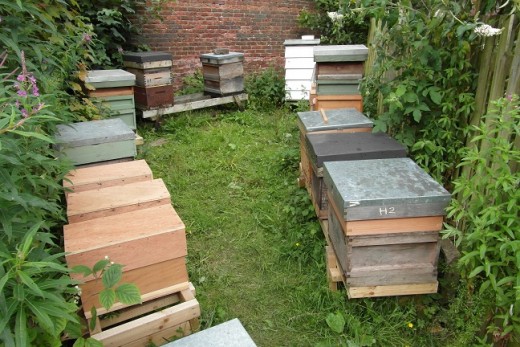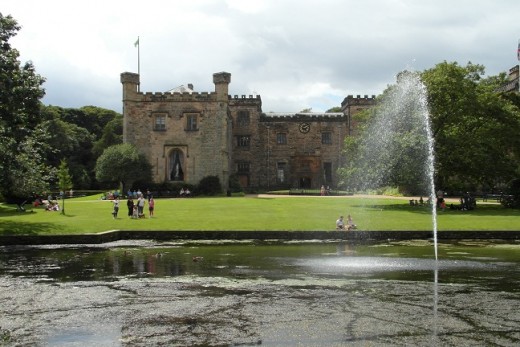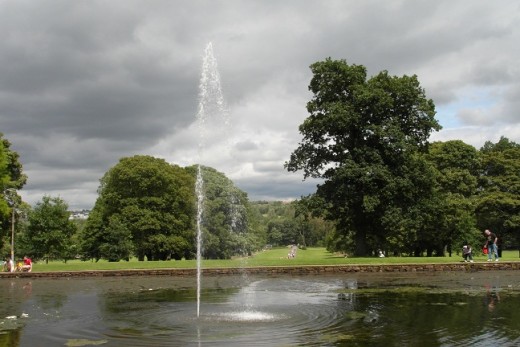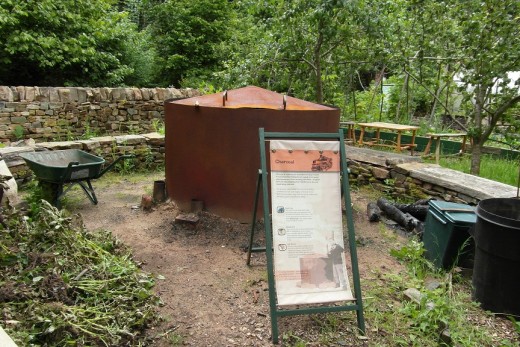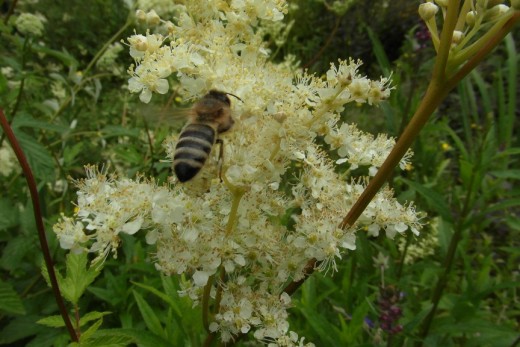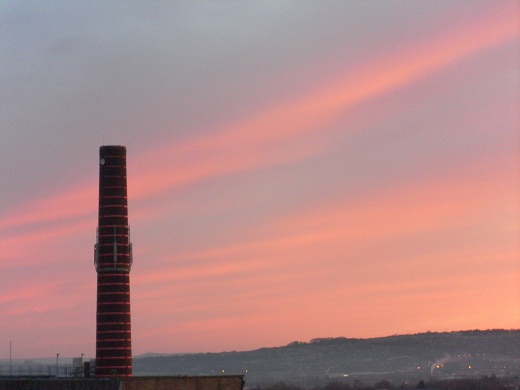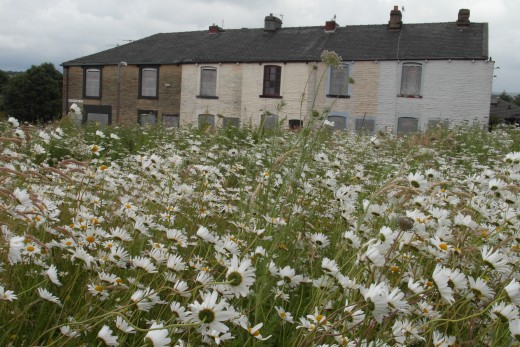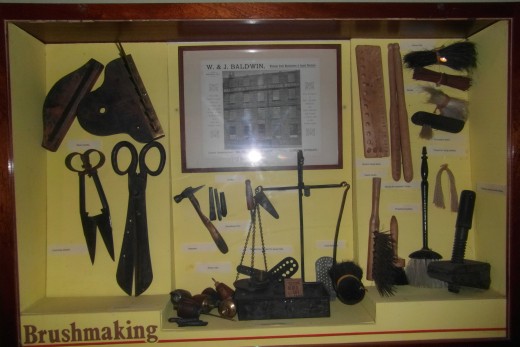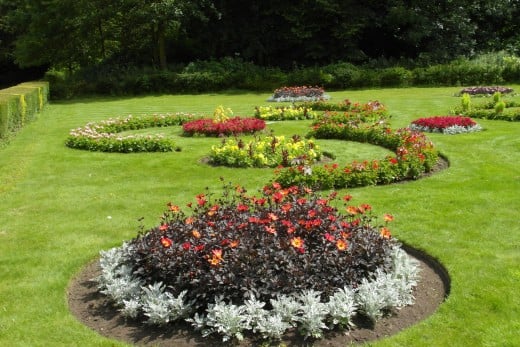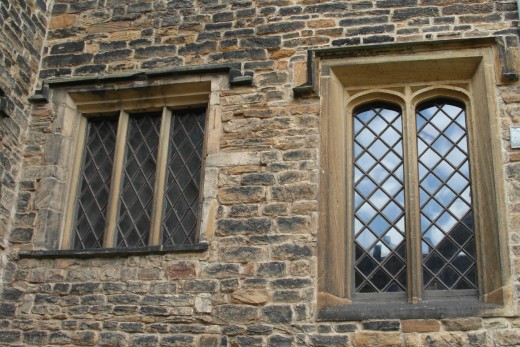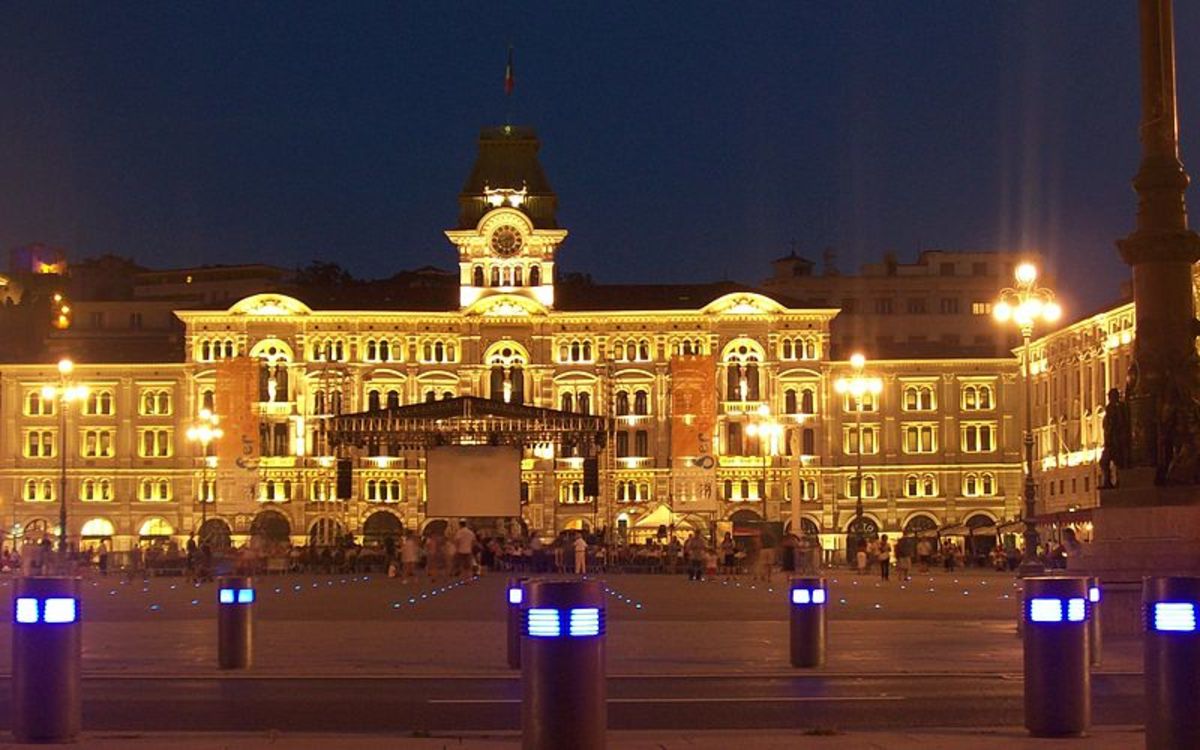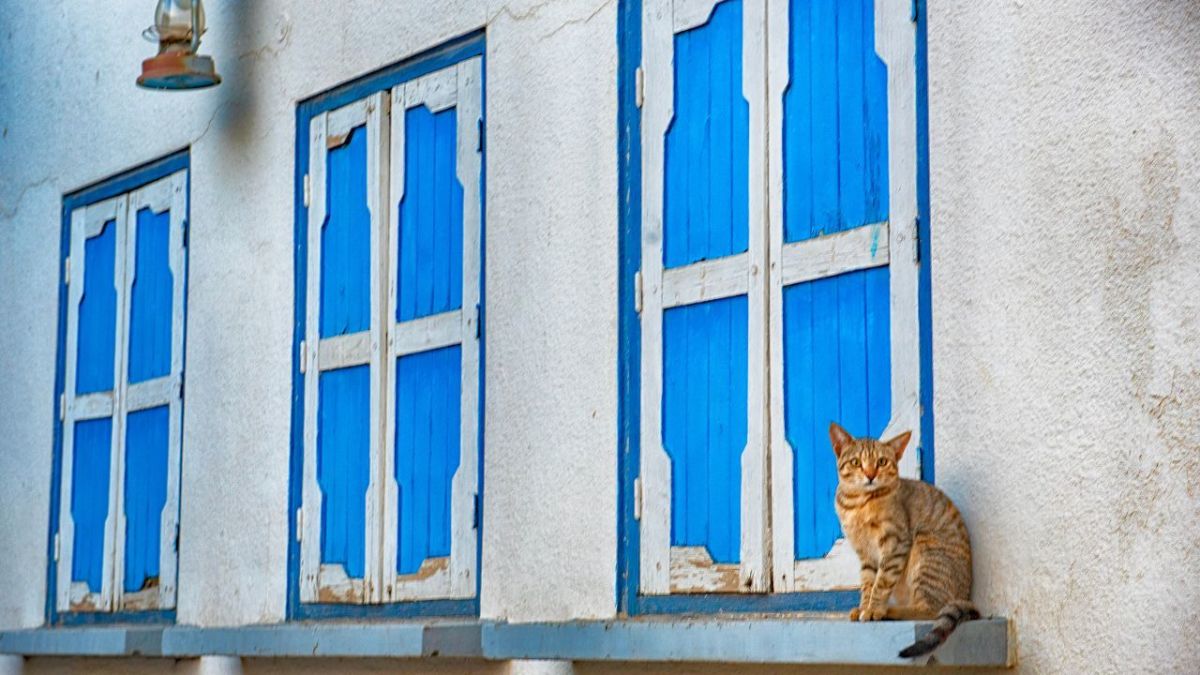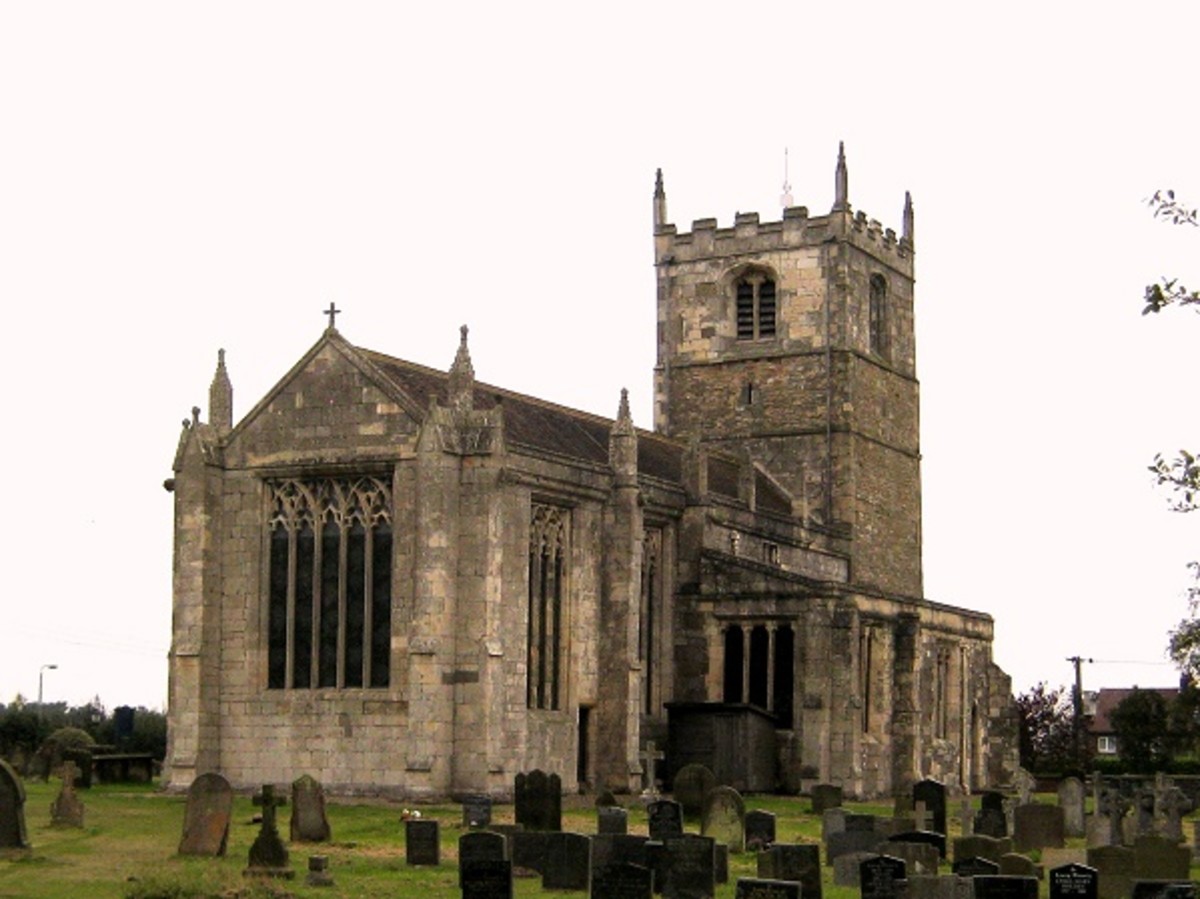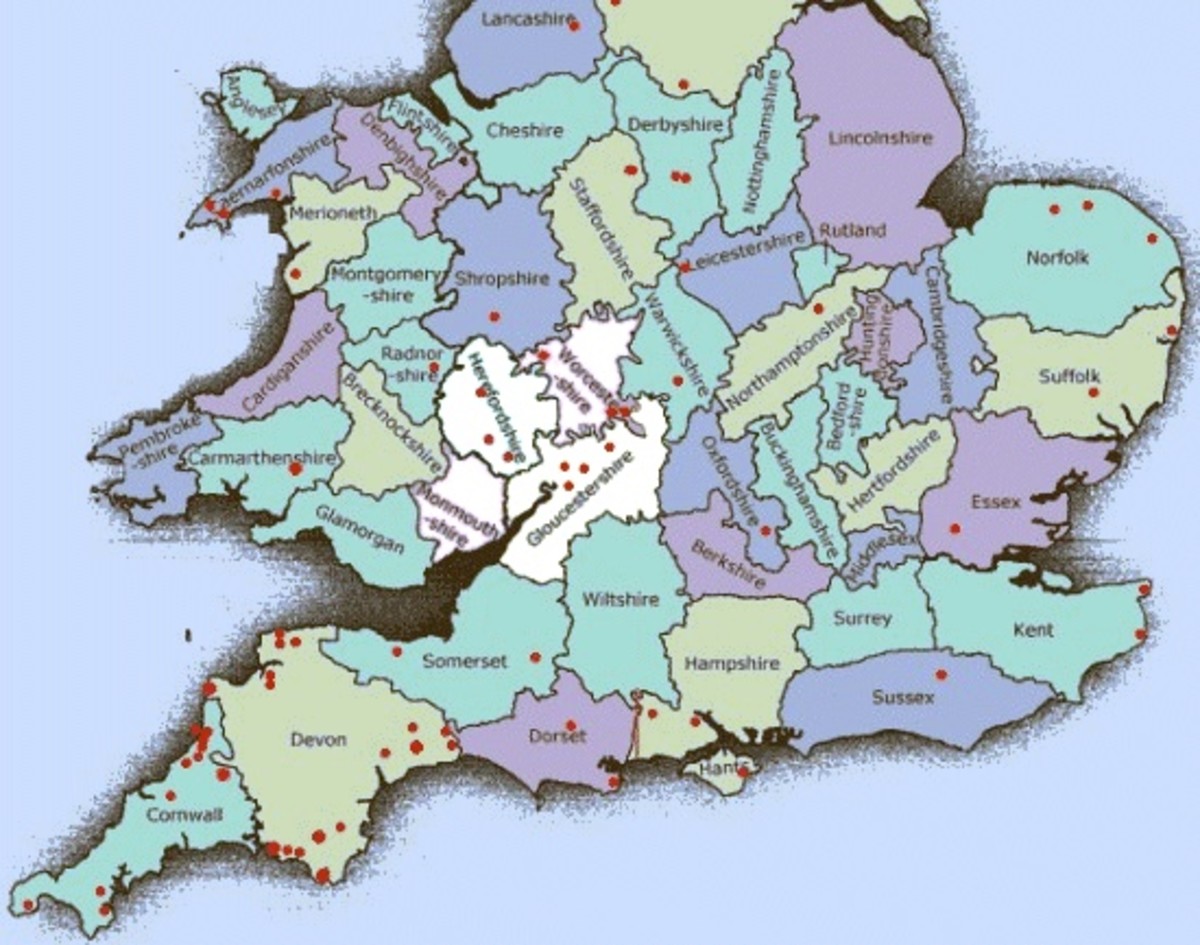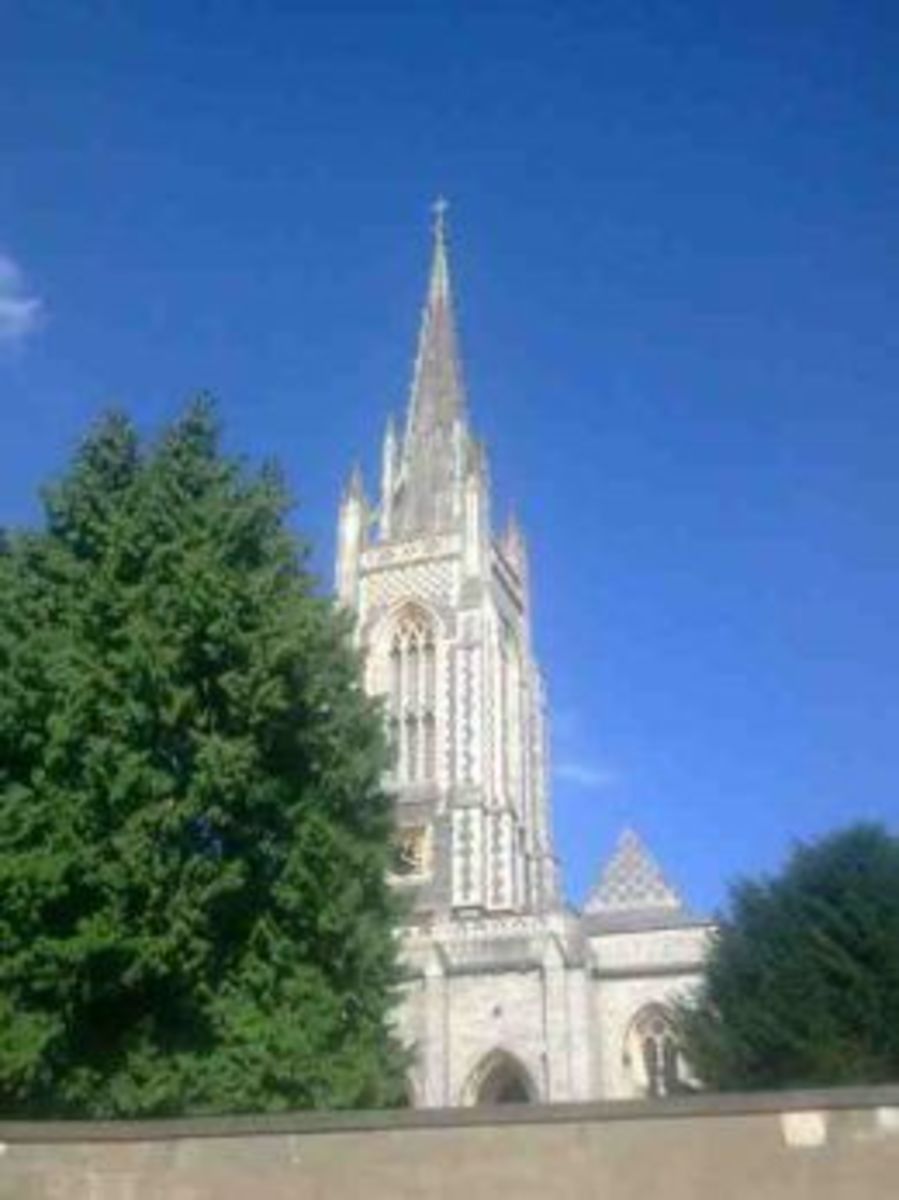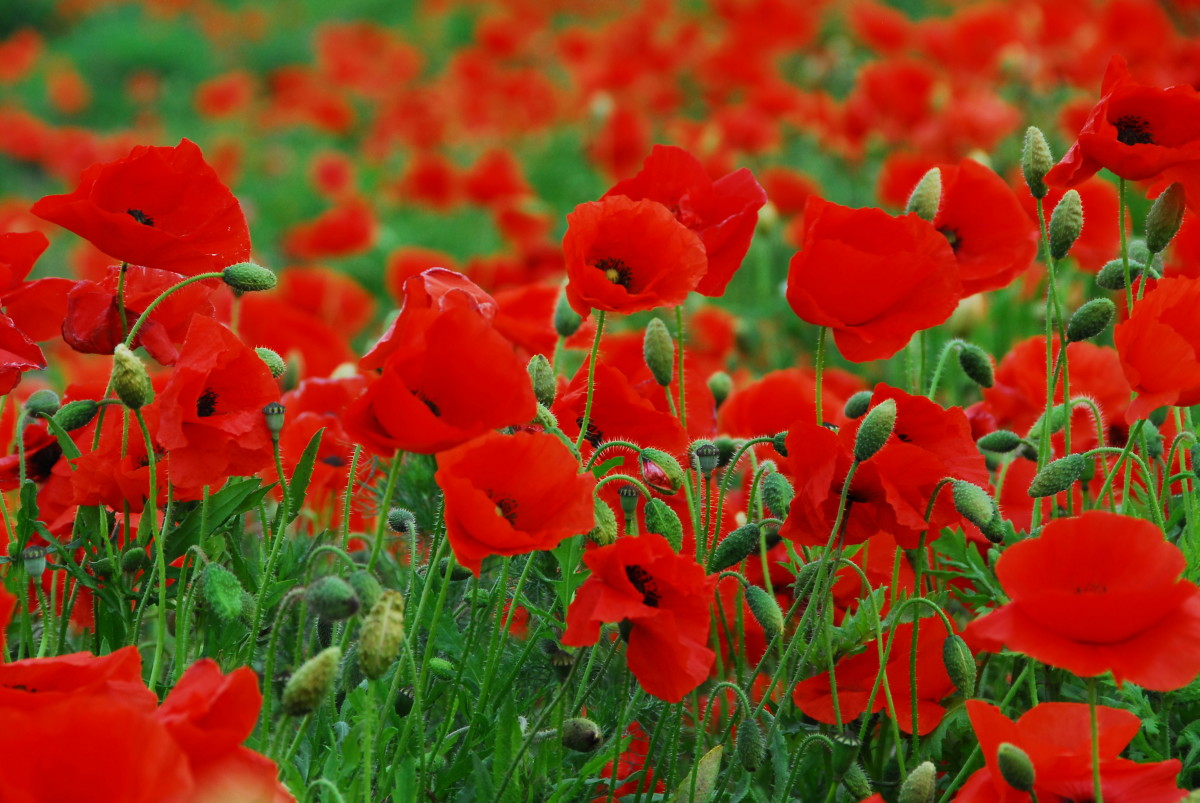- HubPages»
- Travel and Places»
- Visiting Europe»
- United Kingdom
Places to Visit in Lancashire
There are a lot of intriguing places to visit in Lancashire, some of these you may never have heard of, others you might see in a different light having read this and then perhaps visited. Many of the places, like Downham and Samlesbury Hall are historically fascinating. You can choose a coastal visit or inland, town or village. I have picked places to visit in Lancashire that are very easy on the pocket. For the little you might spend you will really get your money's worth.
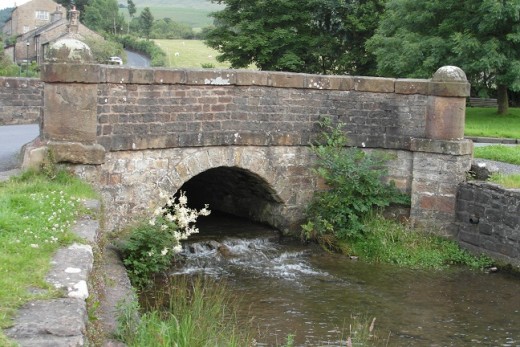
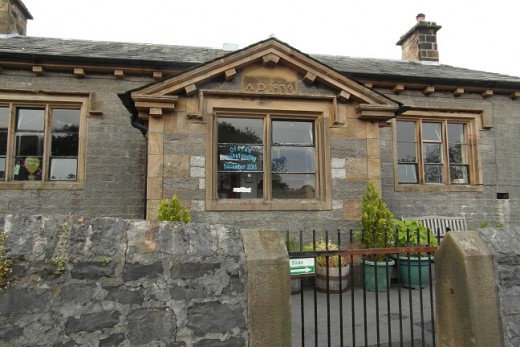
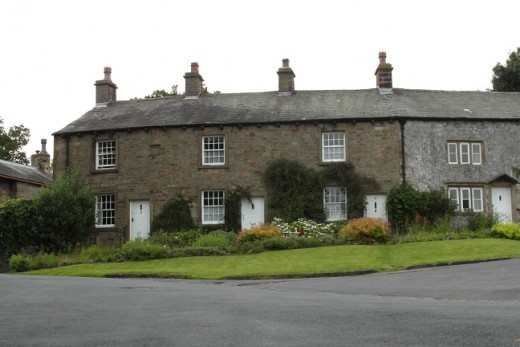
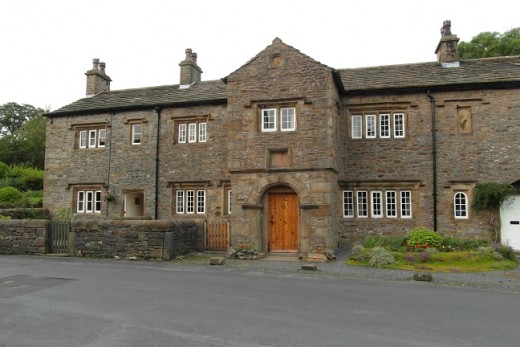
Downham Village
When to Visit – All year
Why Visit – Downham village is a stunningly attractive, very traditional working village full of architecturally interesting properties. When you walk through Downham it will gradually dawn on you that there are several things missing and this is one of the reasons why it is so special.
There are no television aerials or obtrusive satellite dishes, no UPVC windows and doors, no overhead wires or roadside yellow lines, and minimal signing in the village. Apart from the modern cars parked outside the houses it is like stepping back in time and yet this is a working village filled with local people who are proud of the village and very community minded. There are no holiday cottages in the village itself.
The village is owned by the Assheton family and managed by them to retain its unique character. Villagers rent their properties from the Assheton Estate. The Assheton Estate and Manor have been owned by the family continuously since 1680.
The oldest house has parts dating from 1580. The most recent are Edwardian with none built since 1914. Old Well Hall Downham 17th century one of the oldest and most beautiful houses in the village. It is a grade II* listed building. Grade I and II* form 6% of listed buildings in the UK and are of outstanding architectural or historical note. There are 32 listed buildings in the village.
Because visually the village harks back to earlier times in is popular for use in films and period dramas including ‘Born and Bred’ (2001-3) and ‘Whistle Down the Wind’ starring Hayley Mills in 1961.
Cost of the visit: This needn’t cost you anything, wander round, find the wells (there are two), soak in the atmosphere but respect the fact that it is a working visit and the houses are all people’s homes. For refreshments the pub and tea rooms serve a good range of food and drinks.
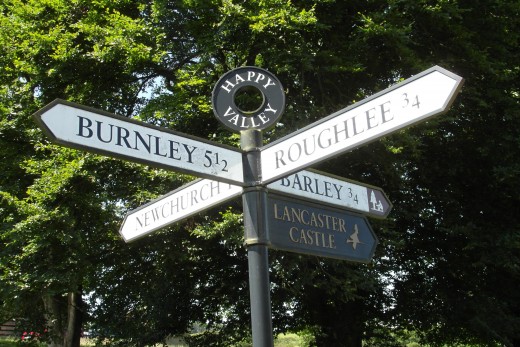
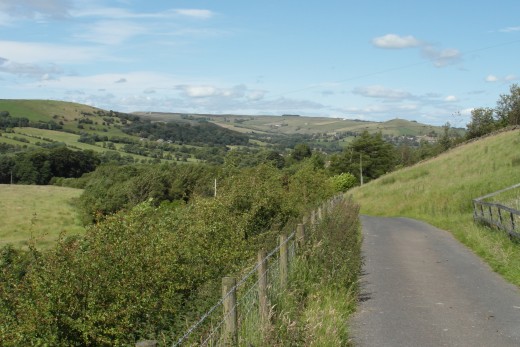
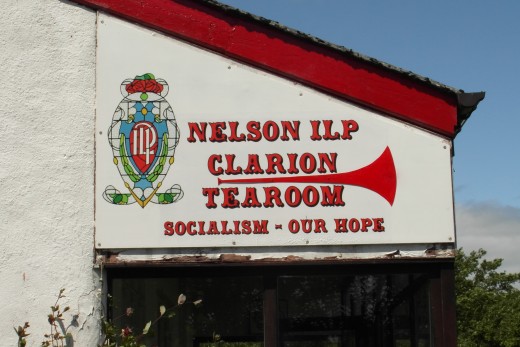
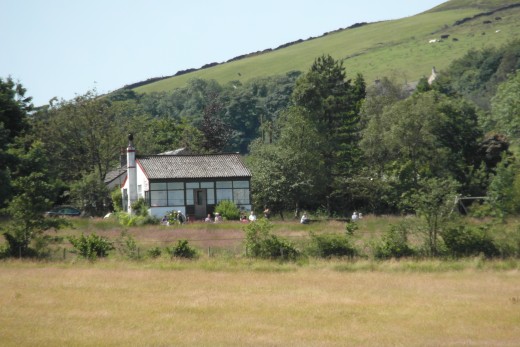
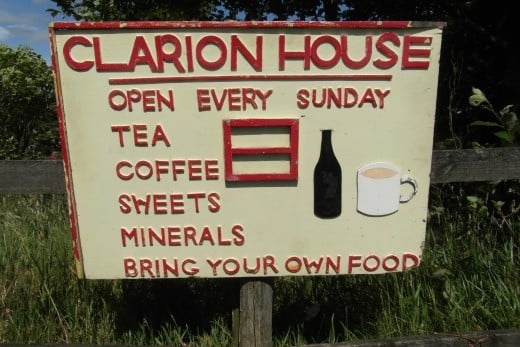
The Clarion House, Roughlee
When to Visit – Sundays 10.30 – 4.00
Why visit – the Clarion House is a tea room set between the villages of Newtown in Pendle and Roughlee in the countryside of Happy Valley. Yes it really is called Happy Valley, although locally it is known as the ‘Hidden Valley’ because many people from round about don’t even know it exists. The setting is idyllic, you can buy tea and coffee by the pint for 50p, bring your own picnic, eat and drink at your leisure, take your dogs in with you, in winter they always have a good open fire going and on top of that is the Clarion’s history.
The Clarion newspaper was started in 1891 by Robert Blatchford and was an influential socialist paper. People in the industrial areas, such as the North West, responded especially and set up Clarion clubs or societies around the area to promote socialism, but also to promote health and relaxation for the workers with things like cycling clubs and Clarion tea houses in the countryside. The Clarion House in Roughlee is the only one still in use within Burnley and Pendle. The tearoom was specially built by the Nelson branch of the (ILP) in 1912 and is still run as a not for profit community venture, staffed by volunteers.
It makes a great stop off if your're spending a day walking in the area - there are a lot of footpaths through the surrounding countryside, including ones which lead to Pendle Hill and muddy boots and dogs are welcome.
If you go, you’ll find that everyone is friendly and will take time to talk, there are interesting artifacts about the Socialist Movement, a wild flower meadow, second hand books available for a donation and even the toilets have a story. The modern toilets in the building are just that, but in the grounds there are still the original ‘long drop’ toilets, especially unusual because they have a still functional tipping mechanism somewhere in the bowels of the drop. You may not feel the need to investigate further!
Cost of the Visit-£1.00 for lots of tea or coffee. For a bit extra you could buy some sweets or biscuits too - I had sesame snaps for 20p.







Samlesbury Hall
When to Visit -
Why Visit - Samlesbury Hall is a very well preserved example of a sixteenth century dwelling. Unlike some places, where you are kept away from touching things, you can go right up to the objects on display and the fireplaces for example and literally feel the history.
It is linked to the Samlesbury Witches, who were tried and acquitted in 1612. Jane Southworth, one of the accused, was a widow and her dead husband was the son of Samlesbury Hall's owner.
I went round merrily pronouncing this place Samelsbury, until someone pointed out that it pronounced psalmsbury. Just letting you know in case you find yourself having to ask for directions!
Cost of the Visit - Entry to Samlesbury Hall is £3.00.
Burnley
When to Visit - All year
Why Visit - "Burnley," I hear you say, "really? Isn't it notorious for being run down and an area of high unemployment?" Yes there is that, but it is interesting in terms of social and industrial history. It was once the largest cotton weaving centre in the world, which is pretty impressive and makes you appreciate why rows and rows of very basic terraced houses were built to accommodate the workforce.
Weavers Triangle visitor centre is open 2pm to 4pm April to the end of September on Saturdays, Sundays, Mondays and Tuesdays.
The 'Weaver's Triangle' is an area of town around the Leeds and Liverpool canal which was central to the cotton trade. There is a visitor centre where adults and children can learn what life was like for a 19th century cotton weaving family. It can be eye opening. Standard 19th Century mill hours were 6am - 5.30 pm Monday to Friday with 1/2 day working on Saturday. Children worked half the hours of an adult as well as attending school.










At 240 acres, Townley Park is good venue for children to play. Take a bat, ball and picnic along if you want. There is a well used playground, woodland area with sculptures to explore and attractive gardens with a pond full of tadpoles in spring and summer.
There is also Burnley Offshoots based in the Hall's kitchen garden, which is a permaculture (sustainable horticulture) project and the headquarters of the Burnley Bee Project which aims to breed and encourage the native black honeybee. You can view the hives, see what's growing in the garden, sometimes there are demonstrations and workshops on traditional crafts such as charcoal burning and willow weaving. You will usually find someone from the project is available to talk to if you have questions about bees or horticulture. They are very friendly and welcome children.
A small craft museum, which is open on weekend, but quite often on other days too, is free to enter and shows some of the crafts and tools used in a 19th century cotton town. For example there is a cotton loom, clog makers shop and brush making display.
The original Hall was built in the 14th century but considerably added to over the years. Inside it is decorated and furnished in a variety of historical styles and it houses a gallery and varying exhibitions of local craft work or history. It is open 12-5 Saturday -Thursday.
Wandering around the town itself you will see the chimneys that are relics of the town at it's industrial height, traditional terraced housing and, especially in summer, evidence of the town council's support for the bee project, with areas throughout the town planted with bee friendly meadow flowers.
And if you're still wondering whether you should visit, be assured that you are in good company if you do. Prince Charles has developed an affection for the town and visited several times in the last couple of years.
Cost of the visit - The Weaver's Triangle visitor centre is free. Parking at Townley Hall is 70p an hour. Entry to the park, Offshoots project and craft museum is free. Entry to the Hall is £4.00 for adults free for children.


Lytham
Slightly confusingly there is a stretch of coast known overall as Lytham St Annes but with specific sections called Lytham, Lytham St Annes and St Annes. The whole area is pleasant, but I am particularly fond of the Lytham end, which you’ll know you are at because of the windmill.
When to Visit – All year for walking Easter and summer for lakeside attractions.
Why Visit – It is a peaceful section of coast where children and dogs can enjoy exploring the sand dunes and playing on the green. It is not a sandy swimming beach though – this section of coast is made up of mudflats, which makes it attractive to wading birds. Do take a pair of binoculars with you.
The eyecatching windmill was built in 1805 and worked milling flour until 1919. Its style is traditional to Lancashire with the black boat shaped cap.
Further down is the lifeboat station, manned entirely by volunteers from the RNLI. The area was seen to the worst disaster in the RNLI’s history. St Annes, Southport and Lytham all launched lifeboats to assist a trading ship the ‘Mexico’ in difficulty in treachourous conditions. All of the St Anne’s crew and many from the Southport crew drowned when their boats capsized. The Lytham crew rescued the crew from the stricken trading vessel and went back out to search for their missing colleagues.
Walk on down to Fairhaven and you find a small salt water lake, where you can hire a variety of watercraft and the bird discovery centre. There are also tennis courts, bowling greens, miniature golf and a skate park.
Cost of Visit – There are some free parking spaces, otherwise parking cost up to £4.30 for over four hours. Various charges apply if you choose to do any of the activities at Fairhaven Lake.

